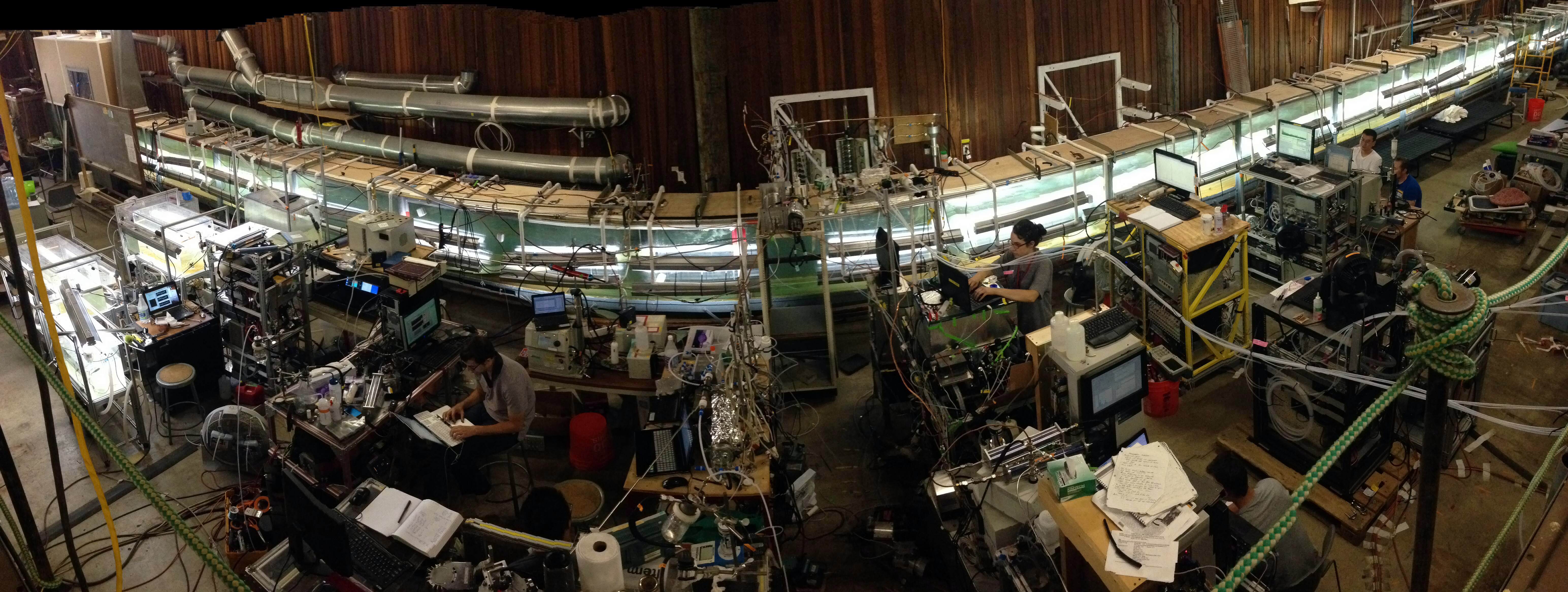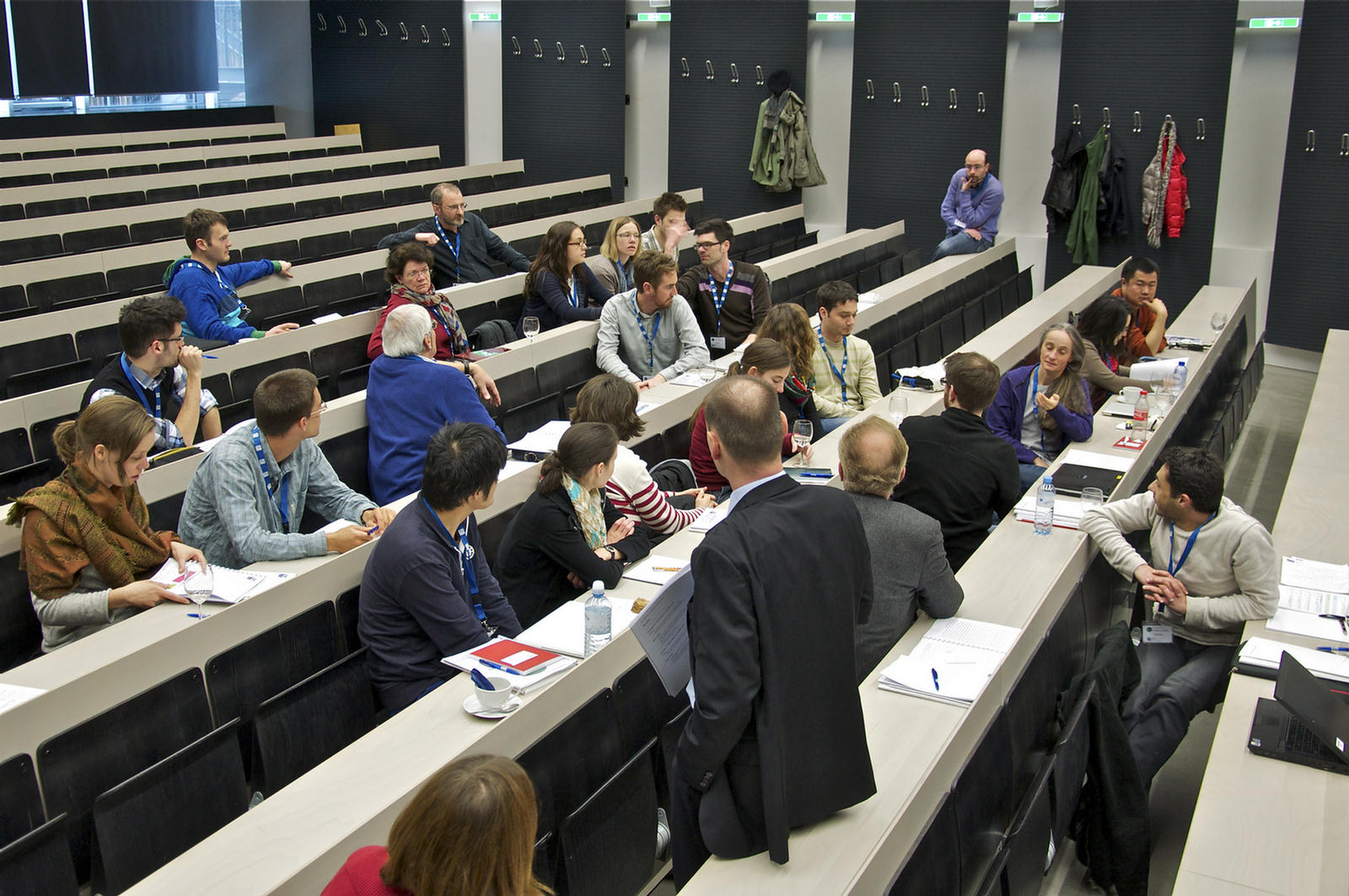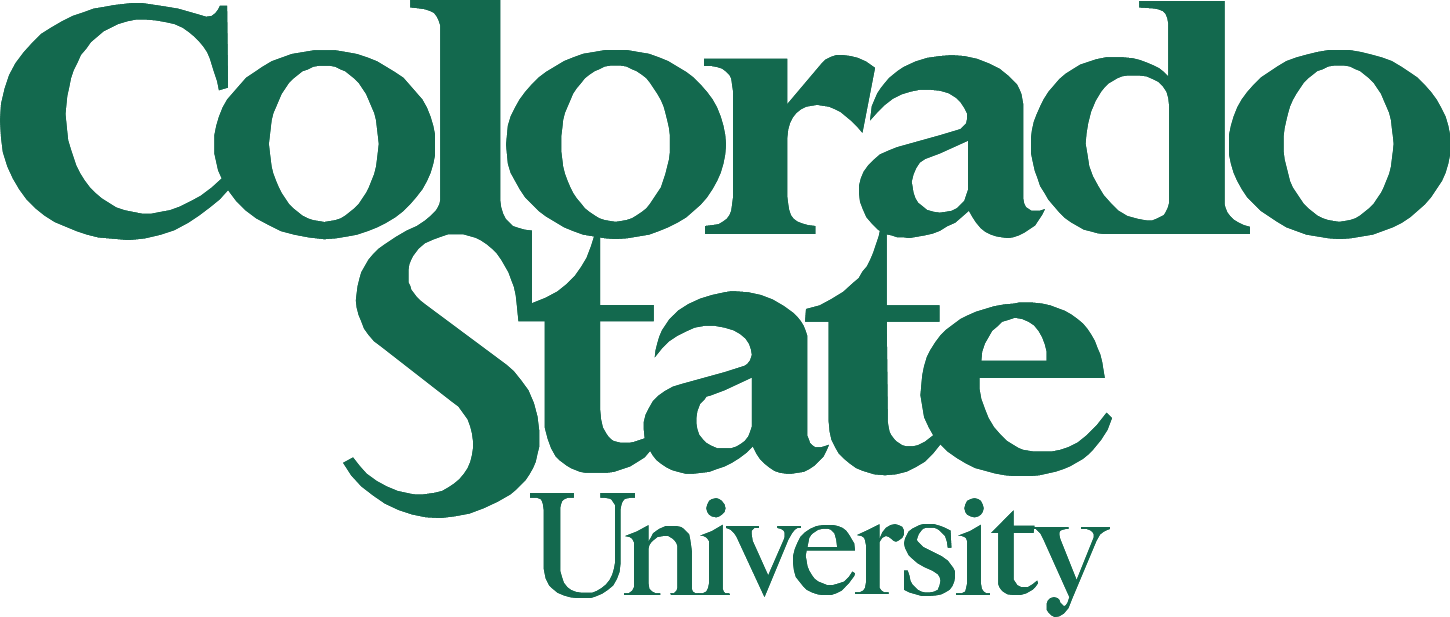News
March-April 2016 - CAPRICORN

February 2016 - miniMART experiments

We completed a series of laboratory experiments, where we generated sea spray aerosol with our new CAICE miniMART. Unlike previous mesocosm experiments, we hand-picked species of diatoms and carefully manipulated the system with CAICE marine microbiologist, Dr. Francesca Malfatti.
August 2015 - BACCHUS Mace Head Observatory Study
-
In collaboration with BACCHUS, I traveled to the Mace Head Observatory on the west coast of Ireland. Several international ice nucleation research groups were represented during this study, where we probed the abundance and characteristics of INPs at this historic site. I collected aerosols onto filters and our analyses are focused on the contribution of marine and terrestrial aerosols to the total population of INPs at this unique site. The CSU Department of Atmospheric Science ASCENT (Assisting Students, Cultivating Excellence, Nuturing Talent) International Travel Grant Award was used to support travels for this project (Read more here!)

April 2015: Earth Explorers Outreach Program
-
Students in the CSU AAAR Student Organization traveled to Longmont, Colorado to participate in the UCAR Earch Explorers Program. The students in my group learned about aerosol-cloud interaction and had some fun freezing supercooled liquid water with ice nucleation active bacteria, pseudomonas syringae.
January-March 2015: CalWater2 at Bodega Bay, CA
-
Our continuous flow diffusion chamber (CFDC) returned to the UC – Davis Bodega Marine Laboratory to investigate the diverse population of ice nucleating particles present on the coast of California as part of the CalWater 2015 campaign. Aircraft and ship-based measurements were also conducted by other members of the CSU ice nucleation team as part of the complimentary DOE Atmospheric Radiation Measurement (ARM) program, called ACAPEX. These combined efforts are focused on understanding the interactions between atmospheric rivers and aerosol that lead to extreme precipitation events along the U.S. West Coast. These measurements will quide our understanding of the role of ice nucleating particles in these important precipitation events.
September 2014: Life in the Clouds
-
Our group were among many to be featured in the September release of Bioscience. The article is titled “Life in the Clouds” by Lesley E. Ogden and features some of our recent explorations of biological ice nucleating particles.
July 2014: IMPACTS (Investigation into Marine PArticle Chemistry and Transfer Science)
-
An intensive study of sea spray aerosol (SSA) took place in La Jolla, CA this past summer as part of the NSF-CCL Center for Aerosol Impacts on Climate and the Environment(CAICE). The study consisted if dozens of instruments measuring various properties of SSA, including our efforts for investigating ice nucleating properties. Over the course of a month, the largest indoor phytoplankton (double) bloom was generated in the UCSD Hydraulics Laboratory Wave Flume (photo below). Be sure to check out the IMPACTS blog to read about all the great science that is part of this massive team effort.

March 2014: Skiing for Science!!

-
Several CSU Atmospheric Science students traveled up mountains and ski lifts to the DRI Storm Peak Laboratory (SPL) during spring break as part of the CSU AAAR Student Group. We were there to ski (of course) but also to conducted a survey if ice nucleating particles (INP) in snow around the ski resort. SPL is located in a region that is often influenced by dust transport from the western US and even Asia. One of our goals was to look for one of these dust events in a dust layer in the snow pack and bring it back to the lab to search for INP with our ice spectrometer. We also dug a (very deep) snow pit to find the man-made snow in search for SnoMax, the substance used in blowing artificial snow at the beginning of the study.
February and March 2014: Bodega Bay, CA
-
The University of California – Davis
Bodega Marine Laboratory is located in the idea location for SSA
studies. The bay is fairly secluded and winds often favor onshore flow,
meaning fresh SSA. During this field campaign, we monitored several
interesting variables, including INP, CCN, aerosol chemical
composition, NOx, SOx, CO2, and many more.
January 2014: CAICE - MART experiments
In January, we traveled to the University of California – San Diego to begin measurements with the Center for Aerosol Impact on Climate and the Environment (CAICE). While at UCSD, we took the CFDC to monitor concentrations of ice nucleating particles associated with sea spray aerosol (SSA). Using the Marine Aerosol Reference Tanks (MART), we synthesized a phytoplankton bloom to characterize how SSA changes with changes in ocean biology.
October 2013: IDEAS4
Measurements of biological particles have been of recent interest to the aerosol community due to the growing amount of evidence that suggest these particles have the potential to impact cloud formation (and therefore precipitation). As part of the forth Instrument Development and Education in Airborne Science IDEAS4 campaign, we tested the use of the Wideband Integrated Bioaerosol Sampler (WIBS, Droplet Measurement Technologies)onboard the NSF/NCAR GV aircraft. We also monitored cloud properties with the counterflow virtual impactor and measured concentrations of ice nucleating particles of aerosol collected onto filters. Flights in Colorado, Wyoming, and Nebraska gave opportunities for measuring biological particles in clouds and in clear air.
July 2013: Master’s Thesis Defense

I defended my master’s thesis on July 08, 2013. The title of the presentation was "Characteristics of atmospheric ice nucleating particles associated with biomass burning in the US: Prescribed burns and wildfires". Thank you to everyone who attended the presentation!
June 2013: The 19th Internation Conference on Nucleation and Atmospheric Aerosols
The ICNAA conference was held at CSU and I presented a poster titled, " Observations of Ice Nuclei Associated with Biomass burning"
April 2013: ESF Atmospheric IN workshop and EGU 2013

The European Science Foundation Atmospheric Ice Nucleation workshop was held in Vienna, Austria the weekend before the European Geophysical Union 2013 General Assembly . I presented my thesis work as oral and poster presentations at the workshop and assembly, respectively. (Photo: Discussions during the ESF workshop, photo courtesy of the workshop website)
November 2013: Into the Field! -- Missoula, Montana

I traveled to Montana as part of the Fire Laboratory at Missoula Experiments 4 (FLAME4) study. Our group utilized the laboratory burns to investigate the role of black carbon in ice formation, specifically from the combustion of various fuel types.
October 2012: AAAR Annual Meeting
The 2012 American Association for Aerosol Research Annual Meeting was held in Minneapolis, Minisota. I gave a poster presentation, titled " Ice Nuclei Produced from Prescribed Fires in Southeastern United States", for which I recieved an Outstanding Student Poster Award. Both graduate students from the Kreidenweis Resarch Group who attended this AAAR Meeting, Lauren Potter and myself, were recognized with this award.
July 2011: Into the Field! -- Woodland Park, Colorado
The Manitou Forest was explored during the Bio-hydro-atmosphere interactions of Energy, Aerosols, Carbon, H2O, Organics & Nitrogen - Rocky Mountain Biogenic Aerosol Study (BEACHON-RomBAS) and I went down to help make measurements of ice nuclei. For more information, visit the BEACHON-RomBAS website.
May-August 2010: CMMAP REU Intern (Fort Collins, Colorado)
July-August 2009: Student Airborne Research Program (Irvine, California)
Contact Me
Department of Atmospheric Science
Atmospheric Chemistry Bdg, Room 11
Colorado State University
Fort Collins, CO
Email*: mccluscs (at) atmos.colostate.edu
Office phone: (970)491-7484

